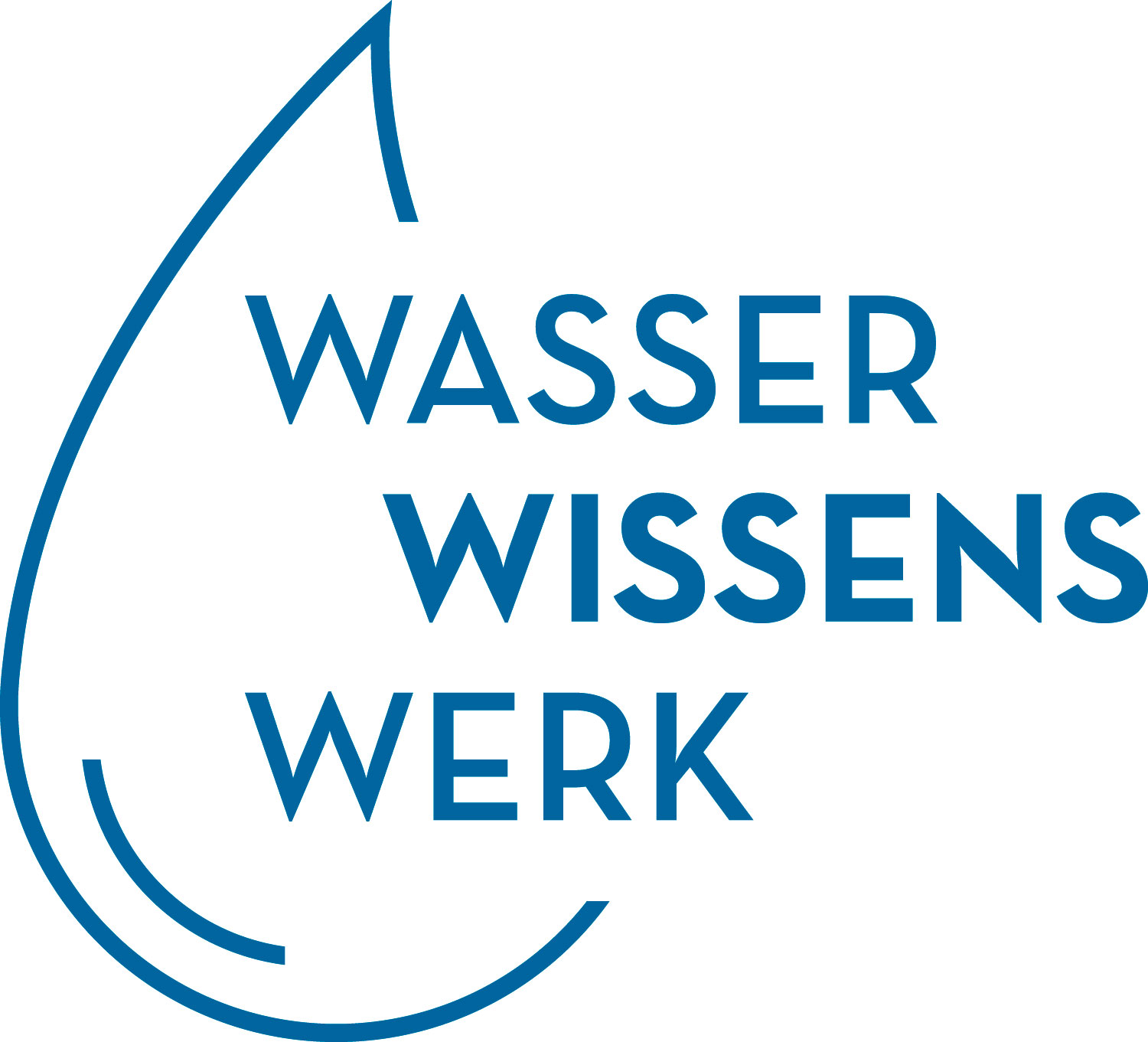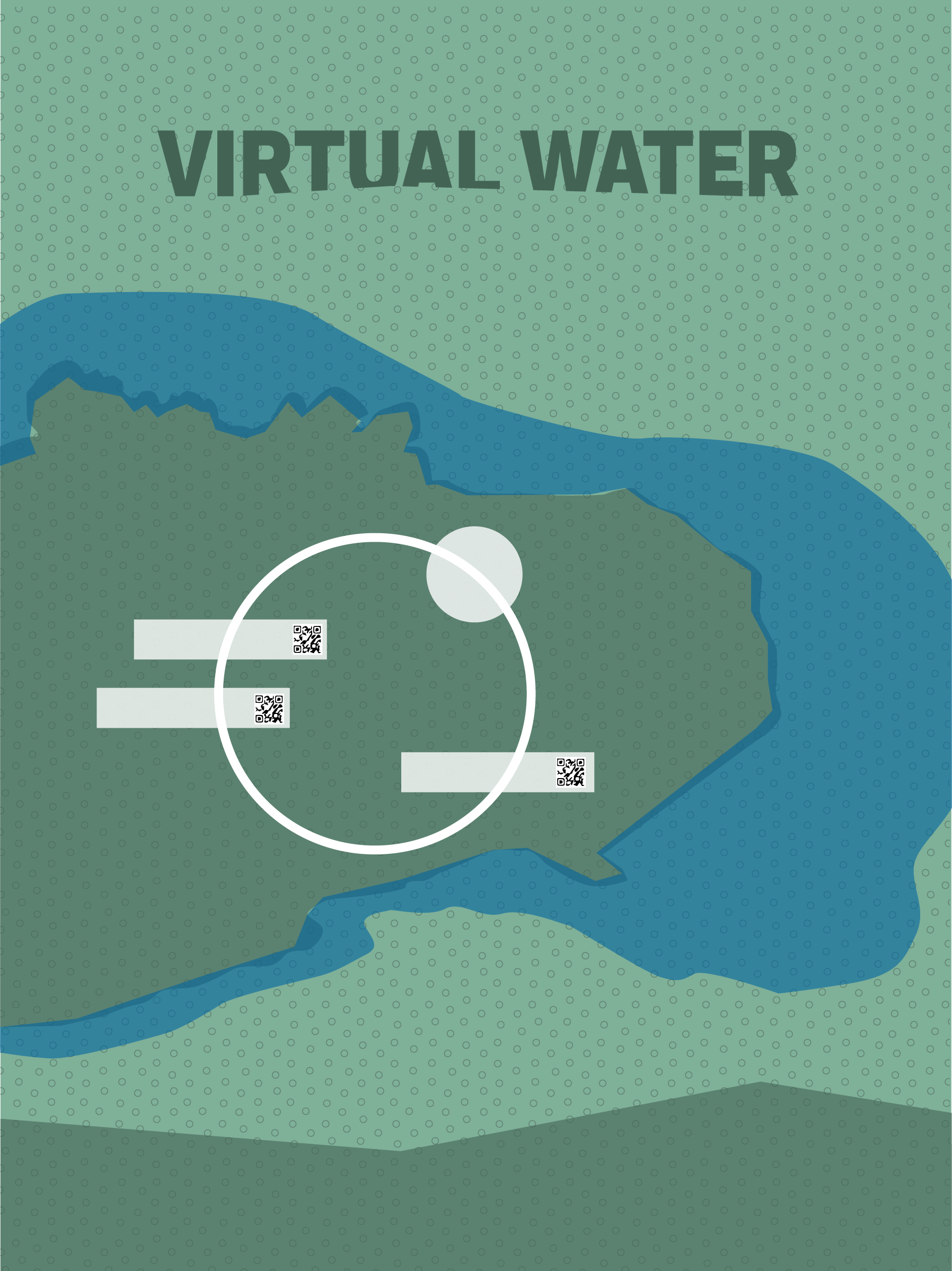The daily water consumption in Germany is around 120 litres per person. But in fact we consume far more water. The concept of virtual water is based on the fact that each product requires a certain amount of water for its production. This hidden water is in the foods and products we consume every day. By importing these goods, we import water that has been consumed in the country of origin. Virtual water consumption in Germany is around 4000 litres of water per person per day. By purchasing regional products, we can counter water shortages and water pollution in other countries.
Instructions:
In the picture many objects are provided with a barcode. With one of the hand-held scanners you can display the virtual water contained in these objects.


